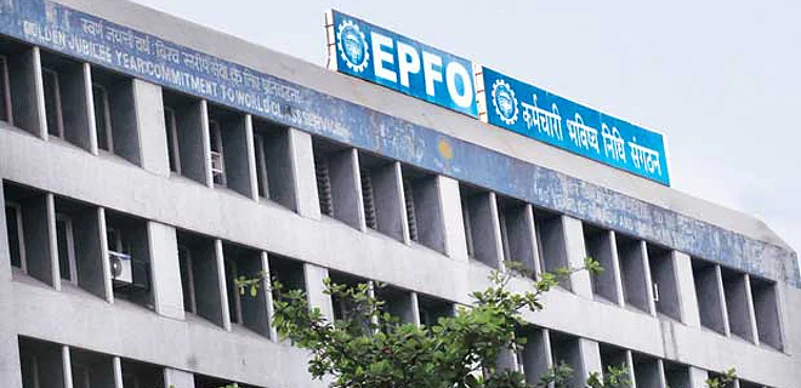The Employee Provident Fund Organisation (EPFO) cut interest rates to 8.55 % for the year 2017-18, from 8.65 per cent in 2016-17. This is the lowest EPF rate in the last five years. The decision to reduce the rate was based on the ‘current uncertain’ market conditions, said officials from the Central Board of Trustees (CBDT) the governing body that manages EPF funds. Although the EPFO made capital gains from selling equity investments, overall returns were impacted by lower returns from debt investments.
EPF is a mandatory contribution for salaried employees, though now some corporates also offer the National Pension System (NPS). The Central and state governments have also made NPS mandatory for their employees. In the absence of any other social security measure, EPF is the one option available to the salaried class in India for saving for their retirement corpus, along with the Public Provident Fund (PPF) that is offered by banks and post office.
Advertisement
The rate on the PPF is reset every three months and is currently at 7.6 %. Contributions towards both EPF and PPF are tax exempt under Section 80 C. The returns from both are also tax free in the hands of the subscribers. In case of NPS, the five-year returns are between 9-10 per cent for equity funds, 9-10 per cent for corporate bond funds and 8-10 per cent for government bond funds.
Given that today EPF also invests in equities through Exchange Traded Funds, like NPS, how should subscribers choose between the two? According to Malhar Majumdar, a Kolkata based certified financial planner and partner, Positive Vibes Consulting and Advisory, if there is an option between EPF and NPS, salaried employees should opt for the latter. “NPS is a better option because it is more transparent and returns are higher. While there are risks and issues with NPS too, the fund managers handling the funds are paid to do it and are supposed to be experts. As against this, in case of EPF, the funds are invested merely following compliance rules. Even accounting is a problem in case of EPF,’’ he says. EPF scores over NPS because the entire corpus is tax free at the time of maturity. While in case of NPs, only 40 per cent of the corpus is tax free at the time of maturity.
Advertisement
However, between EPF and PPF, EPF is a better option and salaried employees could also look at increasing their contribution in the form of Voluntary Provident Fund as the rate for EPF is higher, Majumdar added.
Table:
EPFO interest rates:
Year |
Rate (%)
2011-12
8.25
2012-13
8.5
2013-14
8.75
2014-15
8.75
2015-16
8.8
2016-17
8.65
2017-18
8.55
Source: EPFO website















 Just one email a week
Just one email a week